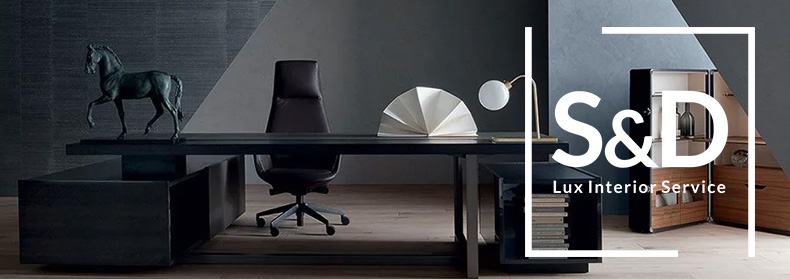The 21st edition of the Bain & Company-Altagamma Luxury Study report has appeared on November 2022, in which the authors not only summarise 2022, but also forecast how the luxury goods market will change over the coming years. The report shows that, despite the turbulence, the luxury goods market is growing steadily and the development trends for the coming years are positive.
Luxury goods are unique products that attract attention for their high quality, rarity and prestige. From luxury watches to real estate, cars, cosmetics and jewellery, each of these goods is carefully designed, made of the highest quality materials and offers a unique user experience. Their ownership is a symbol of wealth and success; they are also often seen as an investment.
The luxury goods market has been analysed for many years by Bain and Company in its Bain & Company-Altagamma Luxury Study carried out in conjunction with Altagamma, the Italian trade association for luxury goods manufacturers. Here are the key findings from the latest edition of this study:
- While the US and Europe continue to lead the luxury goods market, China, India and emerging African economies are getting nearer and nearer since their citizens are increasingly investing in luxury;
- In 2022, the luxury market generated growth for 95% of the brands; the total percentage growth was 21% in 2022 and the value of the market worldwide reached a hard-to-imagine €1.4 trillion.
- All the while, the personal luxury goods market continues to grow, increasing by 22% in 2022. What's more, despite unfavourable macroeconomic conditions (the pandemic, war in Ukraine and crisis), it is forecast to grow by around 8% in 2023.
- A strong driver of demand for such goods are representatives of Generation Y and Generation Z, thanks to whom the forecasts for the market until 2030 are very optimistic.
- The luxury market in 2023 will be more recession-proof than during the global financial crisis 14 years ago.
What does the Polish luxury goods market look like?
Against this background, the Polish luxury goods market looks very good, having successfully chased Western Europe for years. Wealthy Poles are keen to invest in cars, watches and jewellery or real estate, and - increasingly - in works of art. This is a rather interesting - because risky - trend: not only works by established masters are being bought, but also works by young artists with prospects for rapid appreciation in value.
It is estimated that already in 2024 the value of this market in Poland will exceed PLN 38 billion. Considering that its value in 2019 was PLN 25 billion, we can speak of a truly dynamic development. It is also worth noting how much it has changed over the last 10 years - before 2013, the best-off residents of our country invested primarily in cars. Today, they have a much more diverse market at their disposal, as well as the possibility of indirectly investing in luxury through special funds that manage a portfolio of luxury goods and companies that produce such goods.
What trends are in store for 2023?
Although 2023 is already underway, we will be tempted to identify trends that may become dominant in the luxury goods industry.
Firstly, there will be an increased commitment to sustainability. This is because customers are increasingly interested in how luxury goods are produced and where the raw materials used in their production come from. Luxury companies and brands are increasingly looking to reduce the environmental impact of their business by using more sustainable solutions in their operations.
Secondly, the personalisation of products, which is driven by customer expectations. Luxury products and services are intended to respond to individual needs and preferences. Luxury companies and brands seek to meet these demands by offering bespoke products and services and creating special collections and product lines.
Thirdly, there is an increase in the share of sales through online channels, which is linked to the ever-increasing number of consumers who are shopping online. This also applies to luxury goods, so companies and brands will have to take care of online channels as well.
Fourthly, the continued growth of the customer base - it is estimated that by 2030, the number of consumers of luxury goods will increase by 25 per cent from the current ceiling of 400 million and will reach 500 million worldwide.
Is it worth investing in luxury real estate?
In the context of the above information, it is clear that investing in luxury real estate is a decision that can bring great financial and prestige benefits. Such properties are located in prime locations, have spacious and luxuriously finished interiors and excellent infrastructure. Their value increases over time, which means that the investment can yield high returns. In addition, owning a luxury property can become the owner's business card and thus bring benefits in the business and social sphere.
As the luxury property market is stable and not susceptible to rapid changes, this investment can be considered safe and long-term. Investing in luxury real estate requires a significant amount of capital, but if the right decisions are made, it can bring returns that far outweigh the costs.



